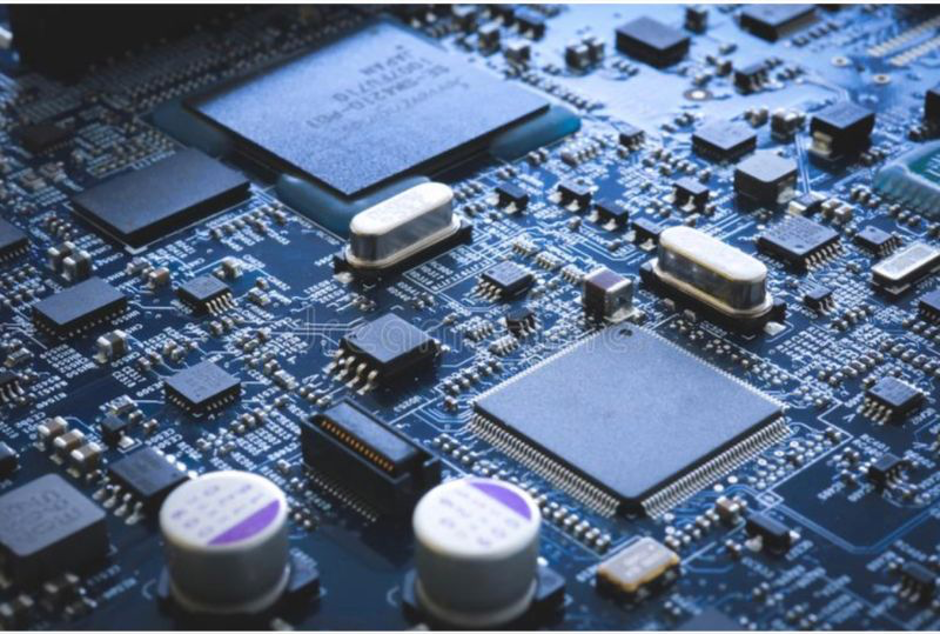
China and the USA are upset with each other. Upset is a mild statement to explain what they are wishing and praying for each other. But this unhappiness has cost the world wanting for a new semiconductor supply chain at a loss for Taiwan. This rush to establish a new semiconductor supply chain has caught the fancy of many a nations. And why not so – global sales are projected to reach $602bn in 2024- that is a mouth watering market size for anyone to ignore.
This has driven many countries announcing subsidies to promote semiconductor development:
1. USA $52bn incentive
2. South Korea developing ‘K semiconductor Belt’ by 2030
3. EU €43bn incentive
4. India $9bn incentive
USA already has some major aces with Micron and TSMC (non domestic player) augmenting capacities and snowballing capex within US. Broadcom cutting a deal with Apple with the latter buying only made in US chips from Broadcom. Qualcomm and GlobalFoundries $4.2bn partnership to manufacturing chips in US.
But outside of investments, this is a high end manufacturing space which needs top notch talent. USA alone has ten thousand vacancies to be slotted right now. India is projected to need 1.5mn talented workforce to meet its semicon requirement by 2027 (India may not be able to mobilise more than 87K as per a Govt of India estimate by 2027). The complexity in this manufacturing space is massive and a shortage of talent could be a battle lost right at the onset. Additionally, there are some 250 special chemicals which are needed to manufacture semiconductors – one needs to have a supply chain for those 250 chemicals.
While the opportunity is too bright to ignore, the dimensions of the abilities needed to encash this is not going to be every jacks’ play.
